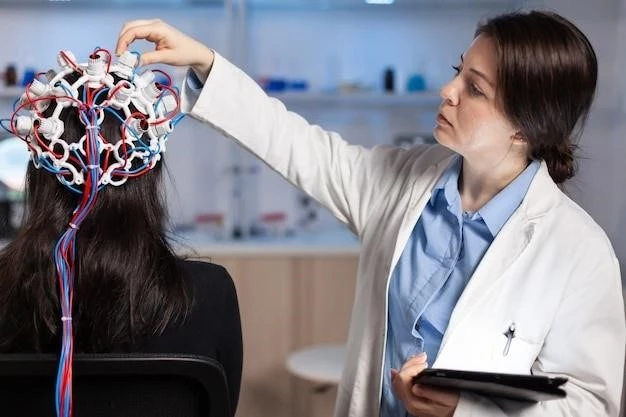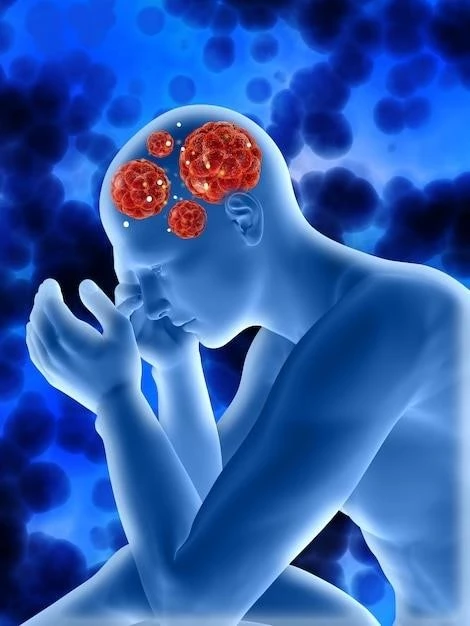Symptoms of Ceroid Lipofuscinosis Neuronal 5
Common symptoms of Ceroid Lipofuscinosis Neuronal 5 include seizures, vision loss, motor impairment, and cognitive decline.
Overview of CLN5 Symptoms
Individuals affected by CLN5 may experience a wide range of symptoms including progressive loss of vision, seizures, difficulties with motor function, decline in cognitive abilities, behavioral changes, and worsening overall health. These symptoms typically manifest in children and worsen over time, leading to significant challenges in daily life. It is crucial for healthcare providers and caregivers to be vigilant in recognizing and addressing these symptoms early on to provide the best possible care and support for individuals living with Ceroid Lipofuscinosis Neuronal 5.
Treatment Options for Late Infantile CLN5
Various treatment approaches focus on managing symptoms and improving quality of life.
Current Treatment Approaches
Current treatment approaches for Late Infantile CLN5 focus on symptom management and supportive care. This may include seizure medications٫ physical therapy to maintain motor function٫ occupational therapy to support daily activities٫ and speech therapy to address communication challenges. Additionally٫ clinical trials exploring potential therapies are ongoing to offer hope for improved outcomes in individuals with Ceroid Lipofuscinosis Neuronal 5. Collaborating closely with healthcare providers and specialists is essential in developing a comprehensive treatment plan tailored to the unique needs of each patient.
Genetic Causes of Neuronal Ceroid Lipofuscinosis
CLN5 is caused by mutations in the CLN5 gene, leading to impaired lysosomal function.
Understanding CLN5 Genetic Mutations
Genetic mutations in the CLN5 gene disrupt lysosomal function, leading to the accumulation of lipopigments and neuronal cell death. These mutations are inherited in an autosomal recessive pattern, meaning that an individual must inherit two mutated copies of the gene to develop the condition. Understanding the specific genetic changes in CLN5 is crucial for accurate diagnosis, genetic counseling, and potential future gene therapy interventions. Researchers continue to study these mutations to uncover new insights into the pathogenesis of Neuronal Ceroid Lipofuscinosis and develop targeted treatment strategies.
Research Updates on Late Infantile CLN5
Stay informed about the latest advancements in research for Late Infantile CLN5.
Recent Breakthroughs in CLN5 Research
Recent breakthroughs in CLN5 research focus on exploring novel gene therapies, enhancing understanding of disease mechanisms, and identifying potential biomarkers for early detection. Researchers are making significant strides towards developing innovative approaches to target the underlying cause of Ceroid Lipofuscinosis Neuronal 5 and improve outcomes for individuals affected by this rare genetic disorder. Collaborative efforts between scientists, clinicians, and affected communities drive progress in advancing treatment options and ultimately finding a cure for CLN5.

Managing Late Infantile CLN5 in Children
Learn about comprehensive care strategies for children with Late Infantile CLN5.
Comprehensive Care Strategies
Comprehensive care strategies aim to address the multifaceted needs of children with Late Infantile CLN5. This includes a multidisciplinary approach involving neurologists, genetic counselors, physical and occupational therapists, speech therapists, and mental health professionals. The strategies encompass symptom management, rehabilitation therapies, cognitive and behavioral interventions, nutritional support, and palliative care to enhance quality of life. Tailoring care plans to each child’s unique requirements ensures holistic support for families navigating the challenges associated with Ceroid Lipofuscinosis Neuronal 5.
Prognosis of Ceroid Lipofuscinosis Neuronal 5
Understanding disease progression is essential for evaluating the outlook of individuals with CLN5.
Understanding CLN5 Disease Progression
The progression of CLN5 involves a gradual decline in neurological function٫ leading to severe disability and reduced life expectancy. Early symptoms may include vision impairment٫ seizures٫ and cognitive decline٫ progressing to loss of motor skills and speech difficulties. As the disease advances٫ individuals may require specialized care to address complex medical needs and maintain comfort. Understanding the trajectory of Ceroid Lipofuscinosis Neuronal 5 allows healthcare providers and families to anticipate challenges٫ optimize care strategies٫ and enhance the quality of life for affected individuals.
Early Detection of Late Infantile CLN5
Recognizing early signs is key to prompt diagnosis and intervention for Late Infantile CLN5.
Importance of Early Diagnosis
Early diagnosis of Late Infantile CLN5 is crucial to initiate appropriate treatments, provide supportive care, and improve the overall prognosis. Timely identification allows for early intervention strategies that can help manage symptoms, optimize quality of life, and access relevant support services. Genetic testing, neuroimaging studies, and clinical assessments play vital roles in identifying the disease in its early stages. By increasing awareness among healthcare professionals and families, early detection efforts can make a significant impact on the well-being of children with Ceroid Lipofuscinosis Neuronal 5.
Support Resources for Families Affected by CLN5
Explore available services and organizations providing assistance to families impacted by CLN5.
Available Support Services
Families impacted by CLN5 can access a range of support services, including genetic counseling, caregiver training, respite care, and specialized medical care. Non-profit organizations and online communities offer emotional support, educational resources, and financial assistance to help navigate the challenges of Ceroid Lipofuscinosis Neuronal 5. Connecting with these services can provide valuable support and a sense of community for families facing the complexities of managing a rare genetic disorder. By leveraging these resources, caregivers and individuals affected by CLN5 can enhance their quality of life and well-being.
